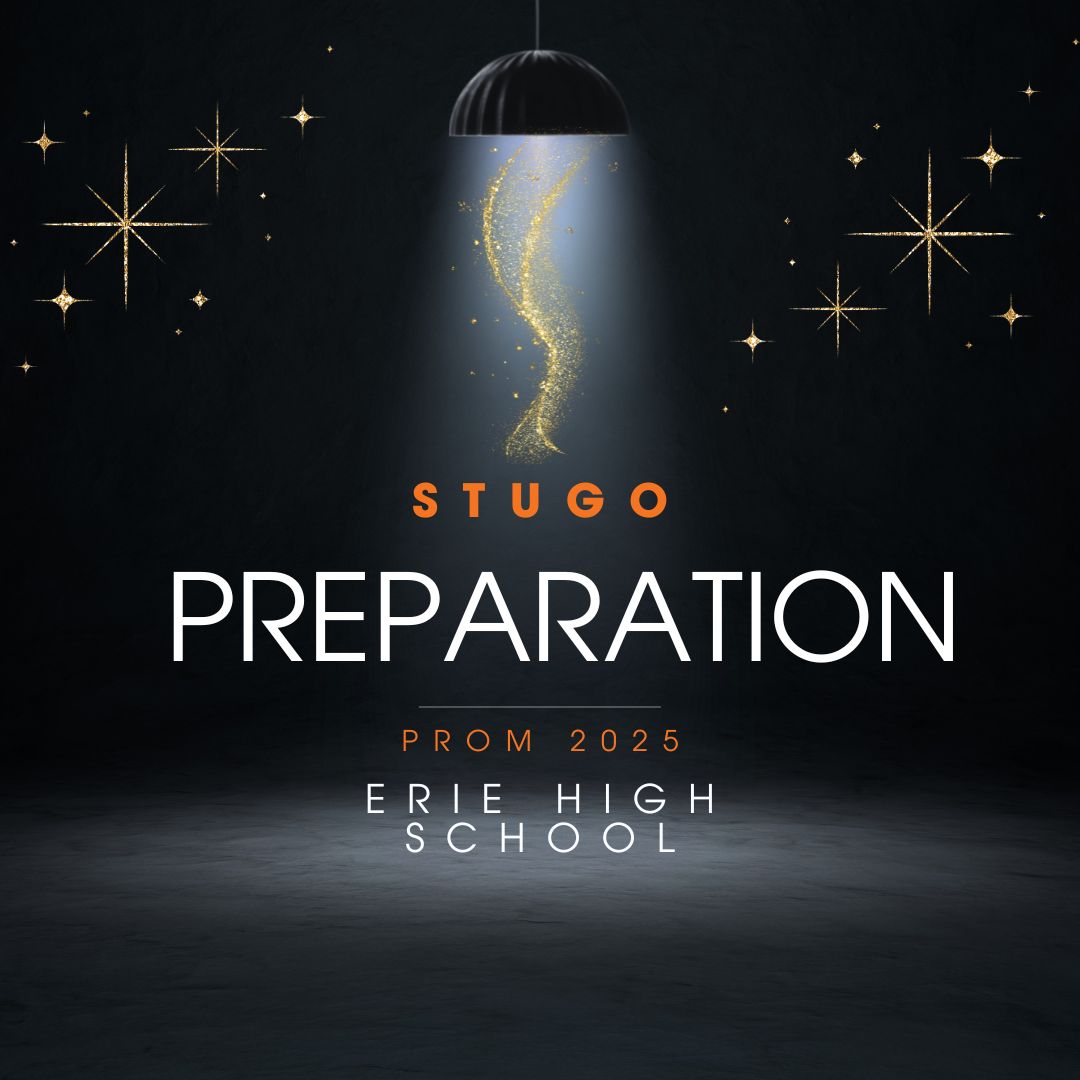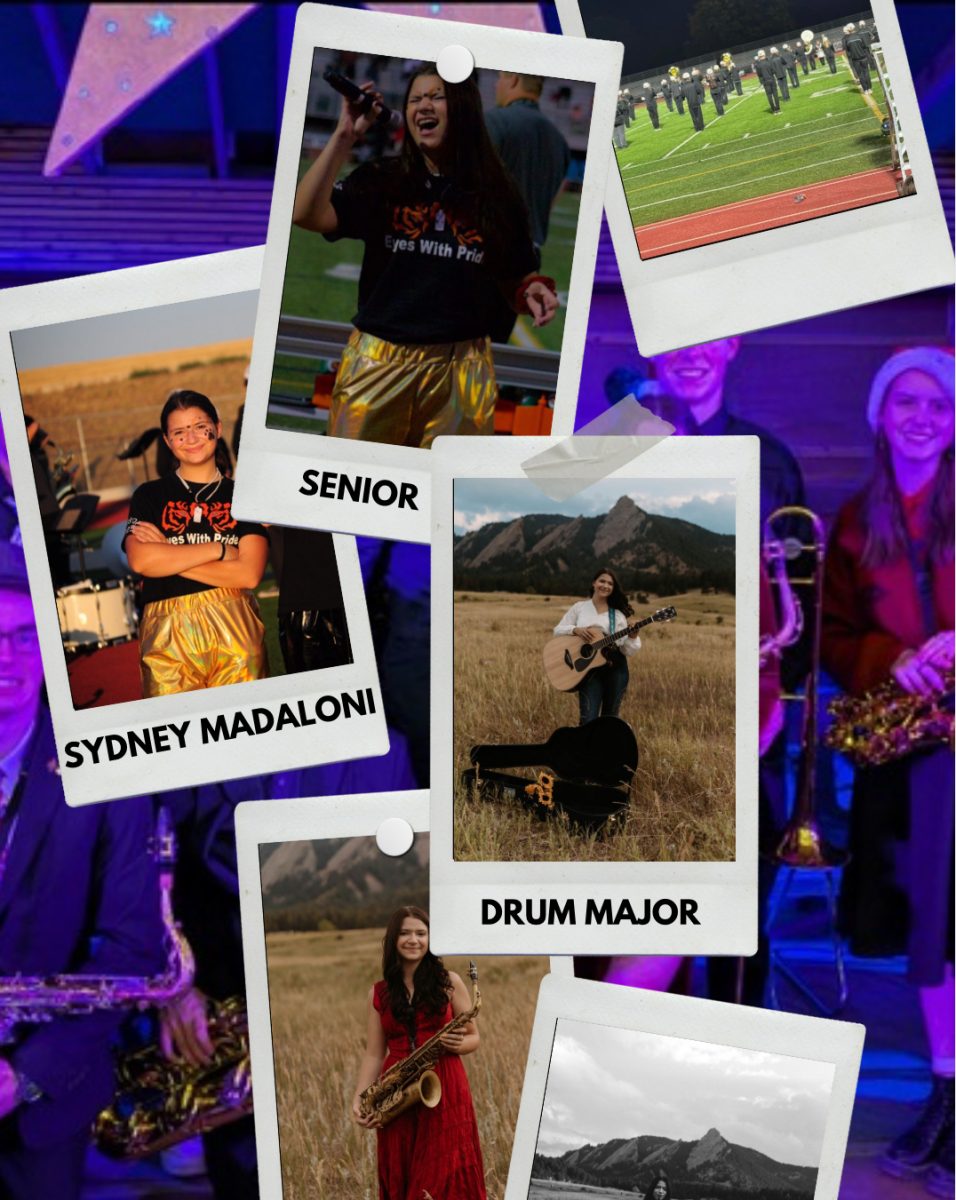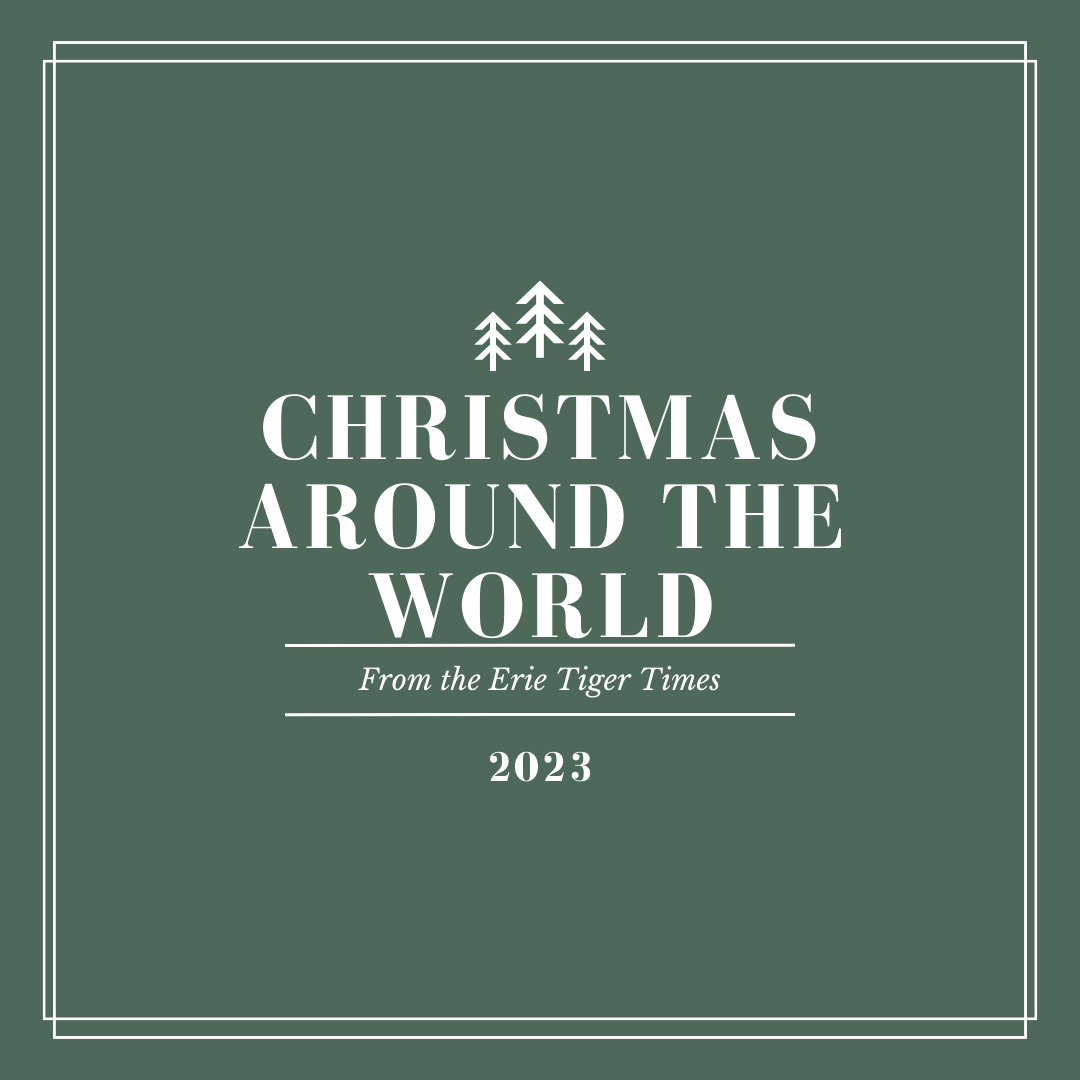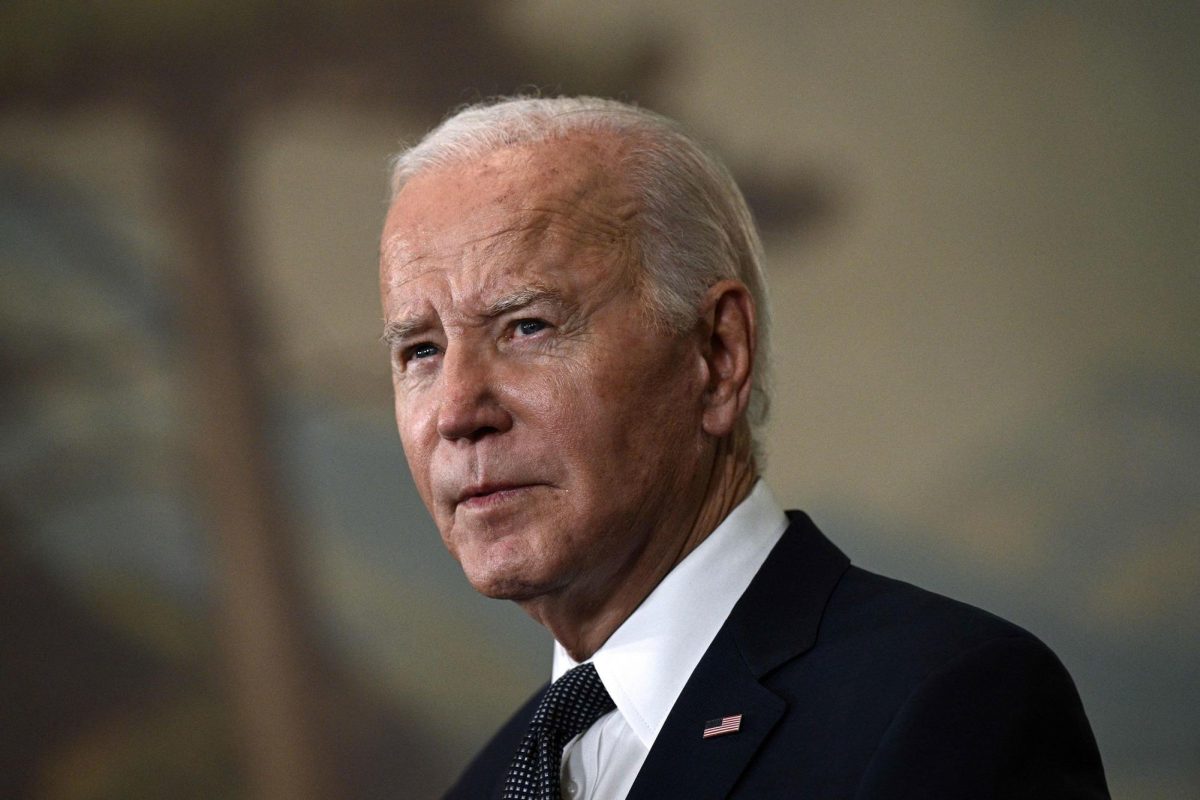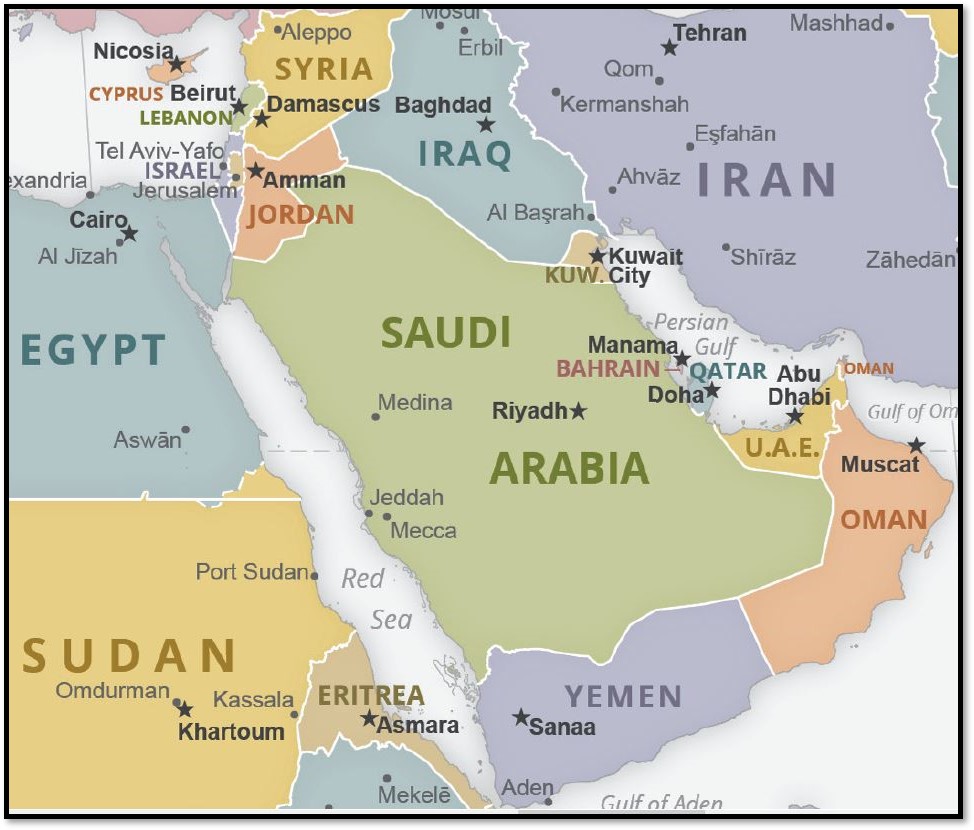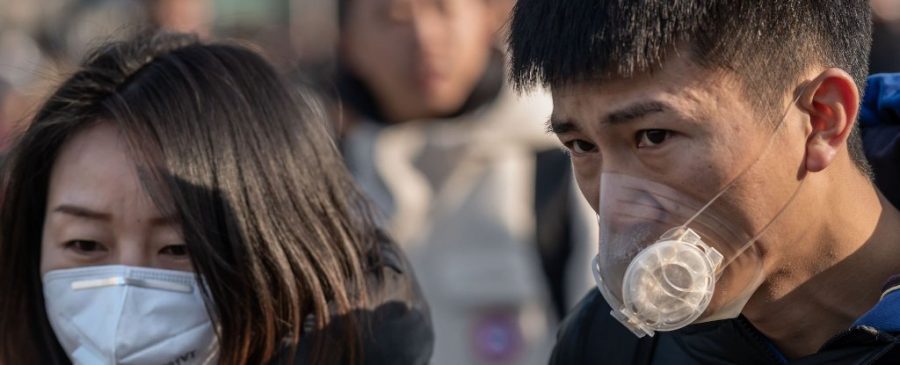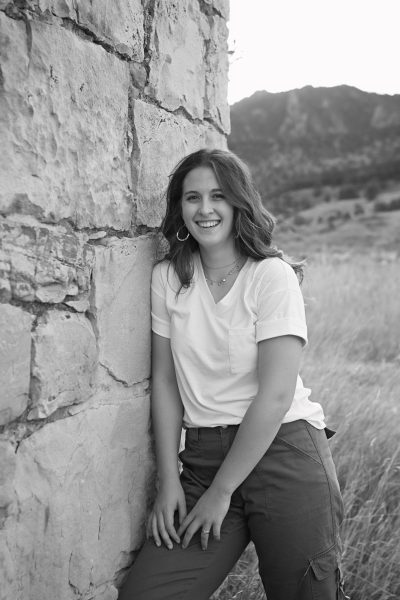The time of year has arrived for two million people in over 160 countries to celebrate Christmas. In some places, this looks like lights on the streets and trees decorated with ornaments, filling the hearts of many. Although what one can find is that everywhere they go, this holiday looks a little different to all.
The origin of this holiday, which has become the most celebrated across the world, can find it’s beginning within the story of Jesus Christ. The savior of the Christian faith, was born likely in between the years 4 and 6 BC, to a Virgin Mary, to become one of the only men in the planet to have his birthday celebrated many years after his death. The day of Christmas, December 25th, is the day that people around the world chose to celebrate his birth.
For the years since, the celebration of Christmas has spread throughout the world, building and growing in countless ways as different cultures make it something to represent them and their culture.
The story of Santa Claus, also known as Saint Nicholas, Three Kings Day, and other stories that have evolved over the years, are all examples of traditions that people partake in.
“For many Europeans, the season’s main event is Christmas Eve, celebrated with midnight mass, and a grand meal.” Rick Steves, American travel writer posts on his website.
Another example of this is how those in Ukraine like to decorate their trees with cobwebs, representing a story about a generous spider who decorated the tree of a poor family who couldn’t. In Caracas, they like to roller skate to church service on Christmas day. In Japan, many enjoy eating, “Kentucky for Christmas,” by going to KFC, and folks in Germany like hiding a pickle in their elaborate trees and gifting the first kid who finds it.
While the whole world partakes in the YuleTide carols in a different key, this year there are students at Erie High school, more specifically foreign exchange students who will be spending the holidays away from their home. Anna Cruset, and Claudia Muñoz Minguella are from the Barcelona area in Spain.
Being here in America since the beginning of the school year, they have been able to get their fill in differing ways of life. “The people are different here, the place… everything.” Cruset laughs.
According to the two, in Spain they have more traditions that surround the holiday. “We also have the three kings… you can choose which one you want.” They also speak of a tradition on Christmas Eve where the people beat a log and presents appear. This tradition is- for the most part- most popular in Catalonia, called the Caga Tío.
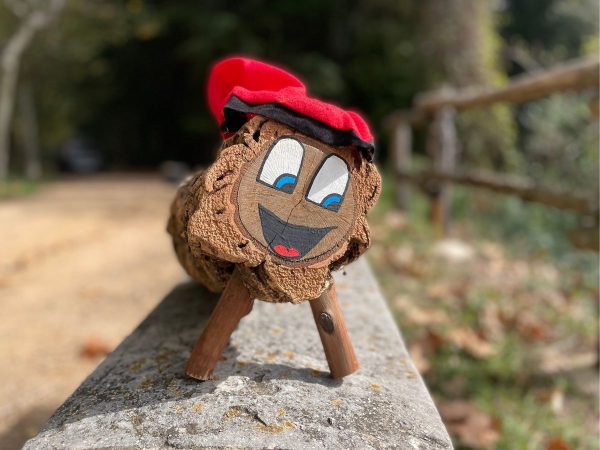
Aside from them, Erie’s own Jenna Thigpen, Spanish teacher, and someone who has had their fair share of experiences both within the states and in the world emphasizes the importance of learning about these traditions that exist outside of general American cultures. “I mostly think that my travels abroad have changed the way that I think. Because if you don’t travel you don’t get new perspectives from traveling to those new places… It has given me a broader worldview.” Thigpen says.
Through and through, It can be easy to forget that there are so many holiday traditions around the world that have evolved over the many years in order to raise the holiday spirit, as many dive deep into the holiday cheer. Whether it be through Santa Claus on Christmas Day, or Caga Tío on Christmas Eve. Although sometimes we are lucky enough to travel abroad, and see for ourselves how other peoples celebrate, or we are able to meet those around us who already know.








